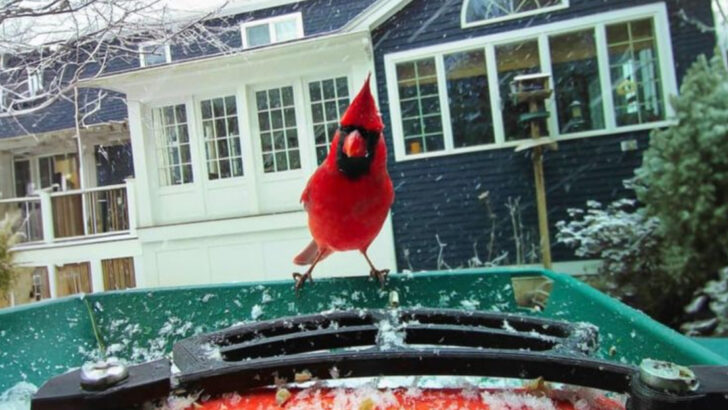Pigeons weren’t the only ones waiting for us to clear out.
While humans built skyscrapers and highways, some birds watched quietly from the edges—waiting for a chance to move back in.
And they’ve done it with style.
Hawks are circling over parks.
Herons stalk downtown streams.
Even the occasional owl has taken up residence above rush hour traffic.
This isn’t a random flutter of feathers.
It’s a comeback story—loud, graceful, and long overdue.
And while some folks panic at the sight of a bird nesting on a balcony, scientists are cheering.
Nature isn’t just surviving the sprawl.
In some cities, it’s taking the sidewalks back—one wingbeat at a time.
American Robin
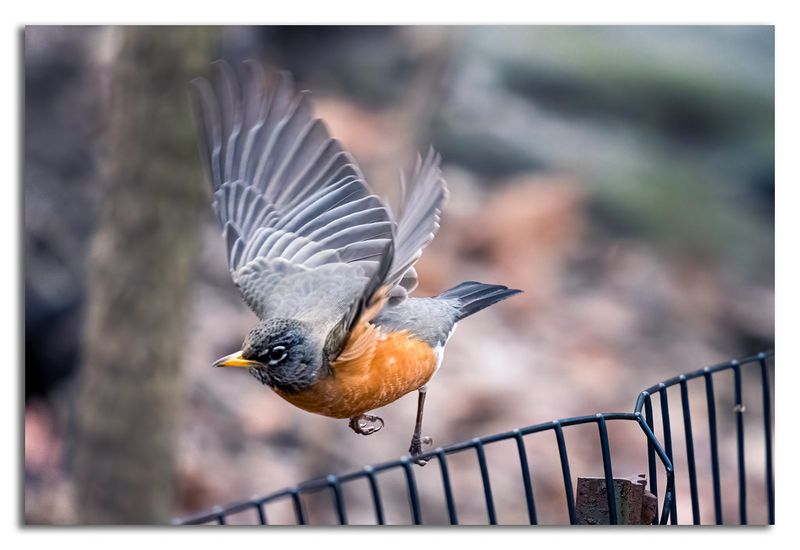
With their bright orange chests and melodious songs, American Robins bring a splash of color to urban landscapes. Known for their adaptability, these birds thrive in city parks and gardens. Often seen hopping across lawns, they play a crucial role in controlling insect populations. Their return to cities indicates healthier environments. Many city dwellers find joy in their presence, marking the changing seasons. Interestingly, robins are often among the first to start singing at dawn, adding a natural soundtrack to urban mornings. Did you know? They can produce different songs depending on the time of day.
Peregrine Falcon
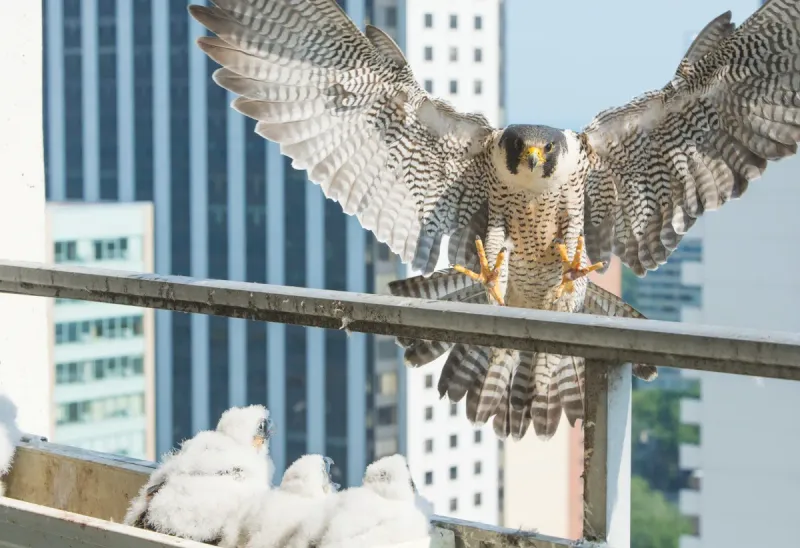
The Peregrine Falcon is a marvel of speed and agility, often spotted soaring above urban landscapes. Known for being the fastest bird, they can dive at speeds over 200 mph. These raptors have found nesting spots on tall buildings, reminiscent of their natural cliffside habitats. Their urban presence helps control pigeon populations. City dwellers are often amazed by their dramatic hunting displays. Did you know? Peregrine Falcons were once endangered due to pesticide use but have made a remarkable comeback. Their return to cities is a testament to successful conservation efforts.
House Finch
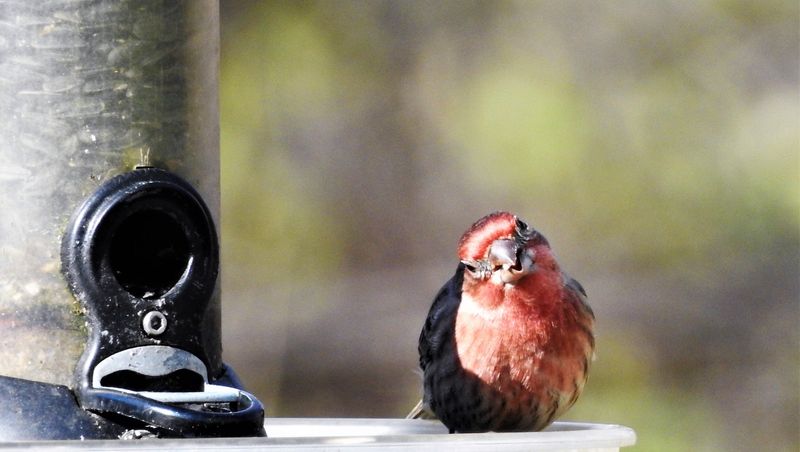
House Finches are small, social birds with cheerful songs that brighten urban environments. Recognizable by their red plumage, these finches thrive in both city parks and suburban areas. They are known for their adaptability and are often seen in flocks, enjoying seeds and berries. Their presence in cities is a sign of a thriving ecosystem. Many urbanites cherish their melodious tunes, adding a touch of nature to city life. Interestingly, the color intensity of their feathers is influenced by their diet. A rich, varied diet results in more vibrant plumage.
Northern Cardinal
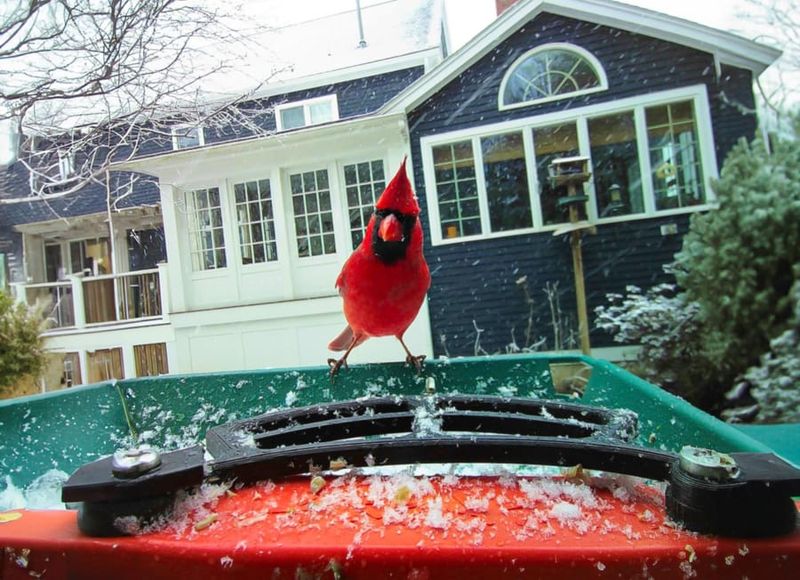
The Northern Cardinal, with its vivid red feathers, is a sight to behold in urban settings. Known for their distinctive crest and melodic whistles, these birds are avid seed eaters. They often visit backyard feeders, bringing bursts of color to city gardens. Their resilience and adaptability make them a favorite among city dwellers. Cardinals are also known for their strong mate bonding, often seen in pairs. A fun fact: both males and females sing, which is uncommon among songbirds. Their consistent presence in cities indicates a healthy urban habitat.
Barn Swallow
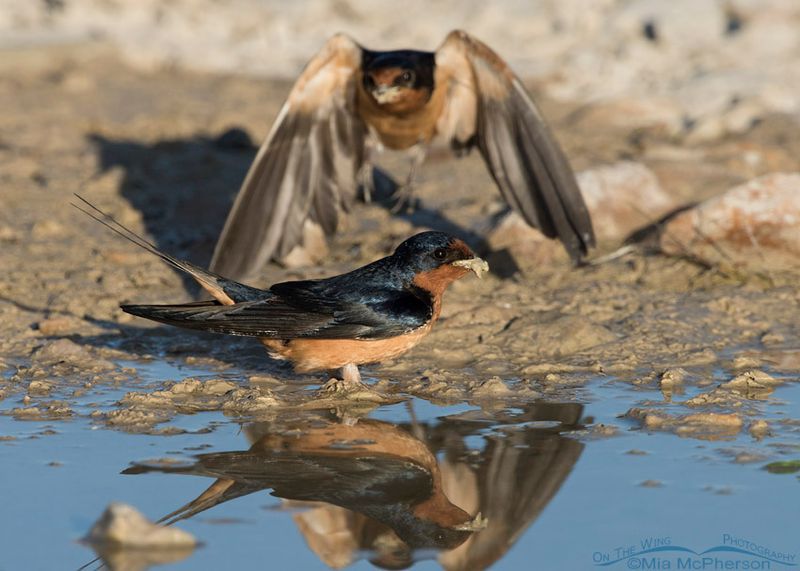
Barn Swallows are aerial acrobats, easily recognizable by their deep blue feathers and long, forked tails. These birds are known for their incredible flight skills, often seen darting and diving in pursuit of insects. They are a natural pest control solution for cities. Barn Swallows build cup-shaped mud nests on man-made structures, adapting well to urban environments. Their presence is a sign of a balanced ecosystem. Interestingly, they are social birds, often found in large groups. Did you know? Barn Swallows are one of the most widespread birds globally, with populations on every continent except Antarctica.
Rock Pigeon
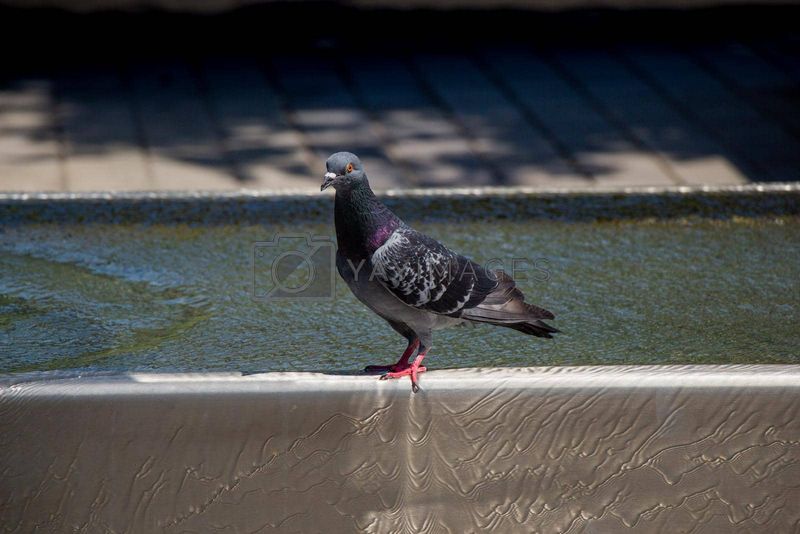
Often considered the quintessential city bird, Rock Pigeons are a common sight in urban areas worldwide. Known for their iridescent feathers and gentle cooing, they have adapted well to city life. These pigeons are descendants of wild rock doves, which nest on cliffs, making skyscrapers an ideal habitat. They play a crucial role in urban ecosystems by scavenging and cleaning up waste. Despite their ubiquity, they continue to fascinate bird watchers. Interestingly, pigeons have been used as message carriers throughout history due to their homing ability, earning them a place in both urban and historical narratives.
European Starling
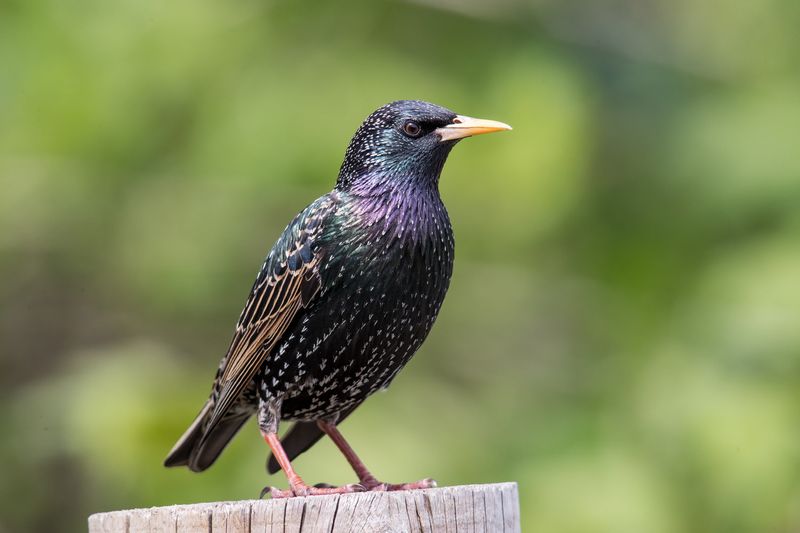
European Starlings are known for their iridescent plumage and impressive vocal mimicry. These birds have adapted remarkably well to urban environments, often seen foraging in parks and gardens. Their presence can indicate a healthy insect population, as they primarily feed on insects and seeds. Starlings are social creatures, often gathering in large, noisy flocks. Their synchronized flight patterns, known as murmurations, are a spectacular sight. Did you know? Starlings were introduced to North America in the 19th century by Shakespeare enthusiasts who wanted all the birds mentioned in his works to be present in America.
Red-tailed Hawk
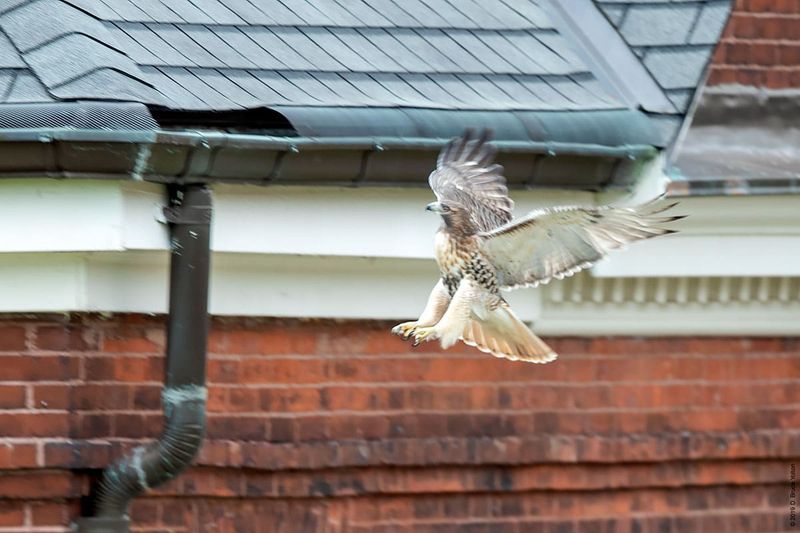
The Red-tailed Hawk is a powerful bird of prey, often seen circling high above urban areas. Known for their keen eyesight and distinctive red tail, these hawks play a vital role in controlling rodent populations. They have adapted well to city life, finding ample food and nesting opportunities. Urban residents often spot them soaring gracefully or perched atop tall structures. Their presence is a sign of a balanced ecosystem. Interestingly, the Red-tailed Hawk’s call is often used in movies to represent any eagle or hawk, even if the actual bird on screen is different.
Mourning Dove
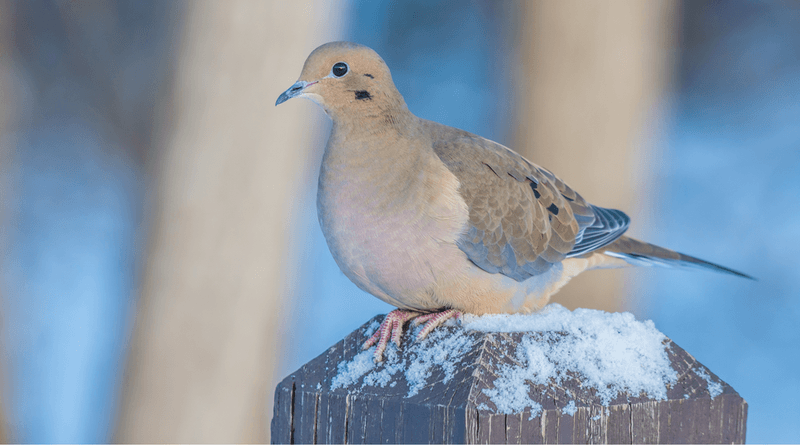
Mourning Doves are gentle creatures known for their soft cooing and slender, graceful appearance. These doves are common in urban areas, often seen perching on telephone wires or foraging on the ground. They feed primarily on seeds and grains, making them an important part of the ecosystem. Their presence adds a sense of peace to bustling city life. Interestingly, Mourning Doves are among the most hunted game birds in North America, yet their population remains robust, a testament to their adaptability and reproductive success.
Chimney Swift
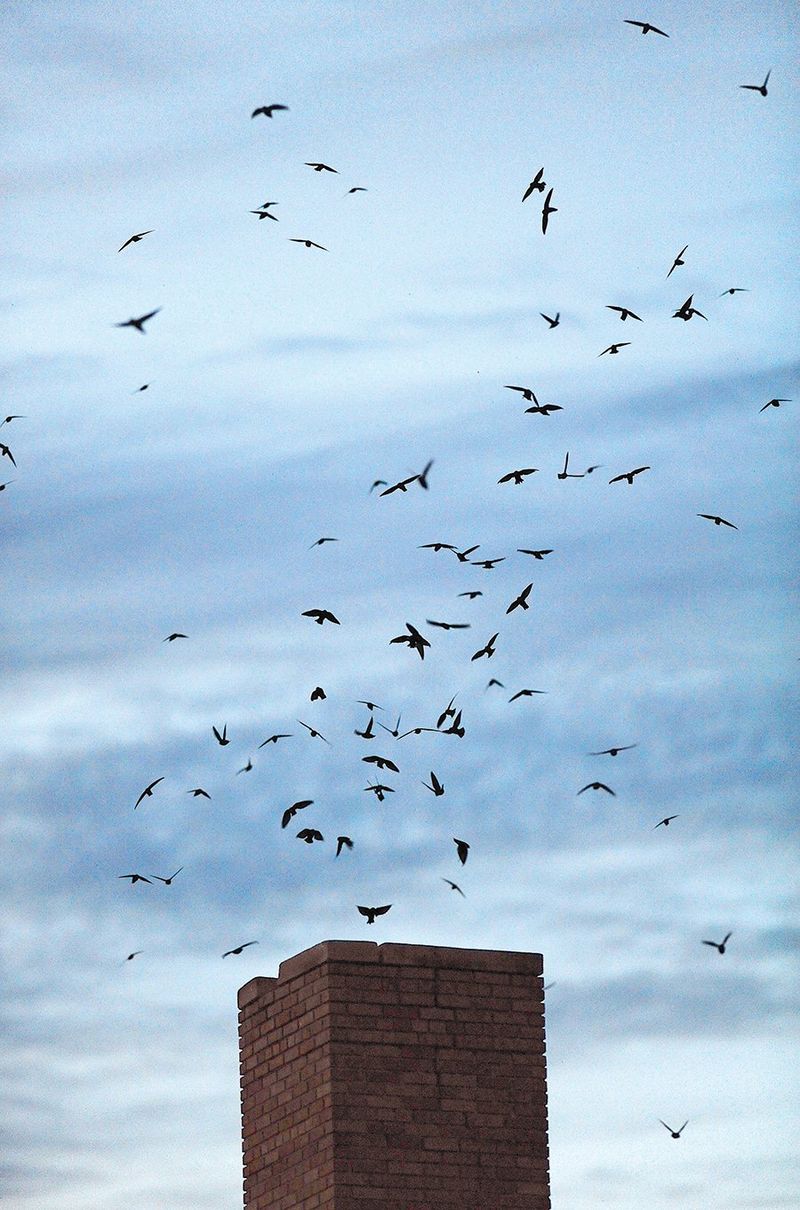
Chimney Swifts are aptly named for their use of chimneys as nesting sites in urban areas. These small, dark birds are known for their rapid, chattering flight and high-pitched calls. They consume vast quantities of insects, providing natural pest control. Their presence in cities is essential for maintaining ecological balance. Swifts are often seen in flocks, darting through the sky in pursuit of prey. Did you know? Chimney Swifts are unable to perch like other birds and must cling to vertical surfaces. Their populations have declined due to fewer available nesting sites, making their city presence vital.
Canada Goose
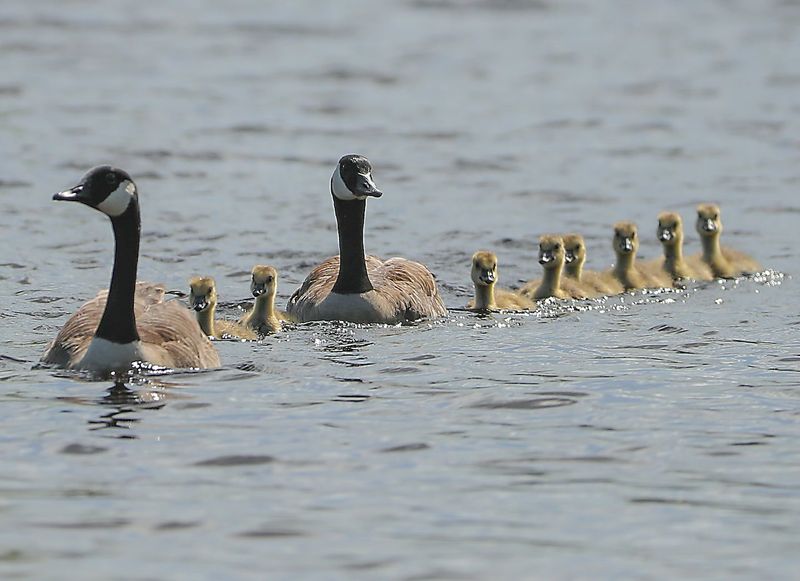
Canada Geese are large, adaptable birds easily recognized by their black heads and white cheek patches. Often found in city parks and waterways, they are known for their migratory patterns. These geese graze on grass and aquatic plants, playing a role in maintaining park landscapes. City dwellers often enjoy watching their goslings in spring. However, their increasing populations can sometimes lead to conflicts in urban areas. Interestingly, Canada Geese have a strong family bond, often seen traveling in extended family groups. Their presence in cities contributes to the diversity of urban birdlife.
Eastern Bluebird
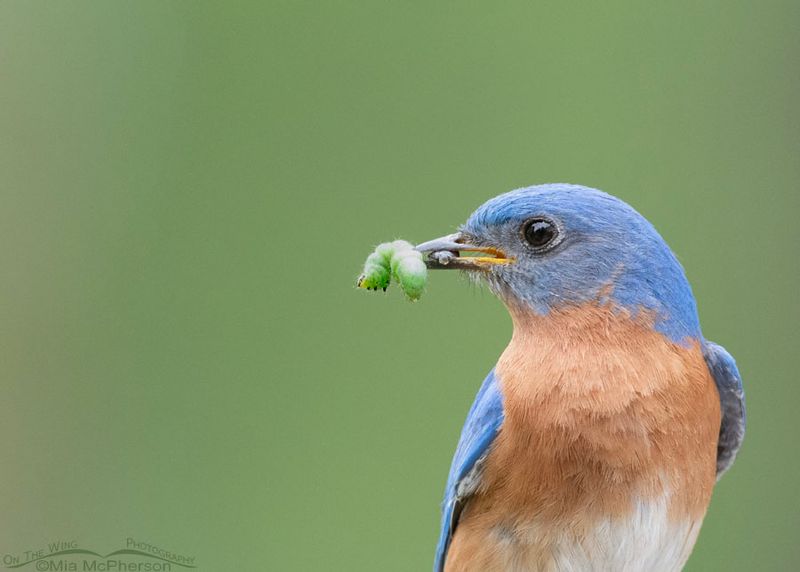
With their vibrant blue wings and cheerful disposition, Eastern Bluebirds are a delightful addition to urban settings. Known for their insect-eating habits, they help control pests in city gardens. Bluebirds are cavity nesters, often using man-made nest boxes. Their presence is a sign of environmental health, as they thrive in areas with plentiful insect prey. Many city residents install bluebird boxes to attract these charming birds. Did you know? The Eastern Bluebird is one of the few thrush species to have a distinct, melodious song, adding a musical touch to urban life.
American Crow

American Crows are intelligent birds, known for their problem-solving skills and adaptability. These all-black birds are common in cities, often seen scavenging for food. Crows are highly social, often observed in large, noisy groups. They play a key role in urban ecosystems by cleaning up waste and controlling pest populations. Their presence is often a topic of fascination and study among ornithologists. Interestingly, crows have been known to use tools, showing a level of intelligence comparable to some primates. Their adaptability to city life makes them a vital part of urban biodiversity.
Great Horned Owl

The Great Horned Owl is a powerful nocturnal predator, often spotted in city parks and wooded areas. Known for their distinctive tufted ears and deep hoots, these owls are master hunters. They prey on a variety of animals, including rodents, contributing to urban pest control. Their presence in cities indicates a healthy ecosystem. Many urban residents are thrilled to spot these elusive birds as night falls. Did you know? Despite their size, Great Horned Owls are silent flyers, thanks to the unique structure of their feathers. Their adaptability makes them a fascinating part of urban night life.
Blue Jay
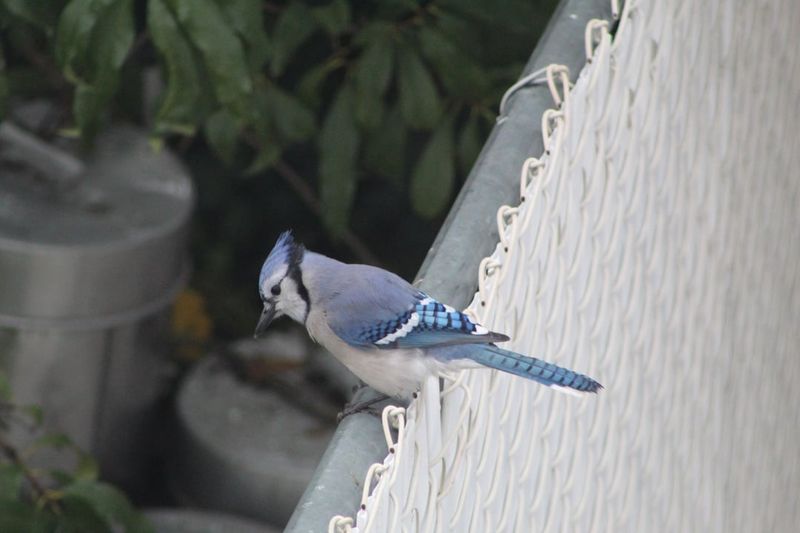
Blue Jays are known for their striking blue plumage and intelligence. These birds are common in urban areas, often seen foraging for food. Known to mimic the calls of other birds, they are both fascinating and entertaining. Blue Jays play a role in seed dispersal, aiding in plant growth in city environments. Their adaptability makes them a frequent visitor to bird feeders. Did you know? Blue Jays are highly social and form tight-knit family groups, often staying together throughout the year. Their presence in cities adds to the diversity and vibrancy of urban bird life.

